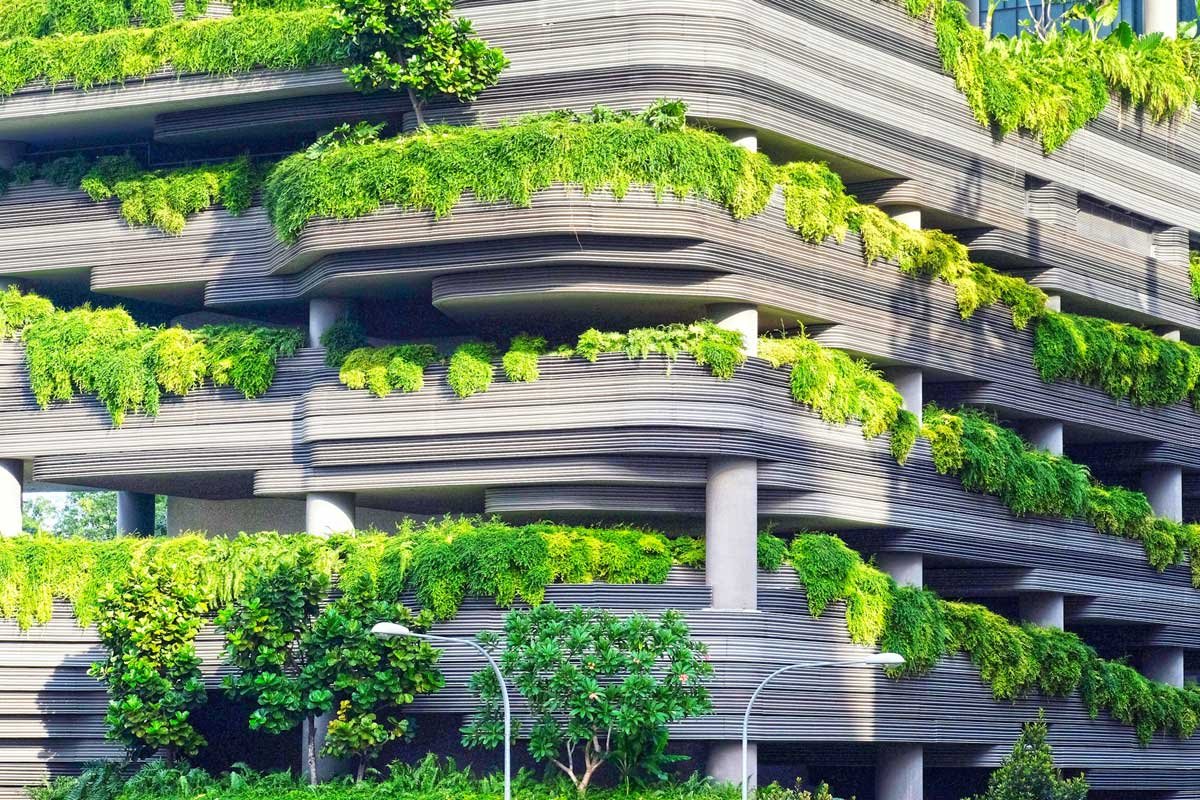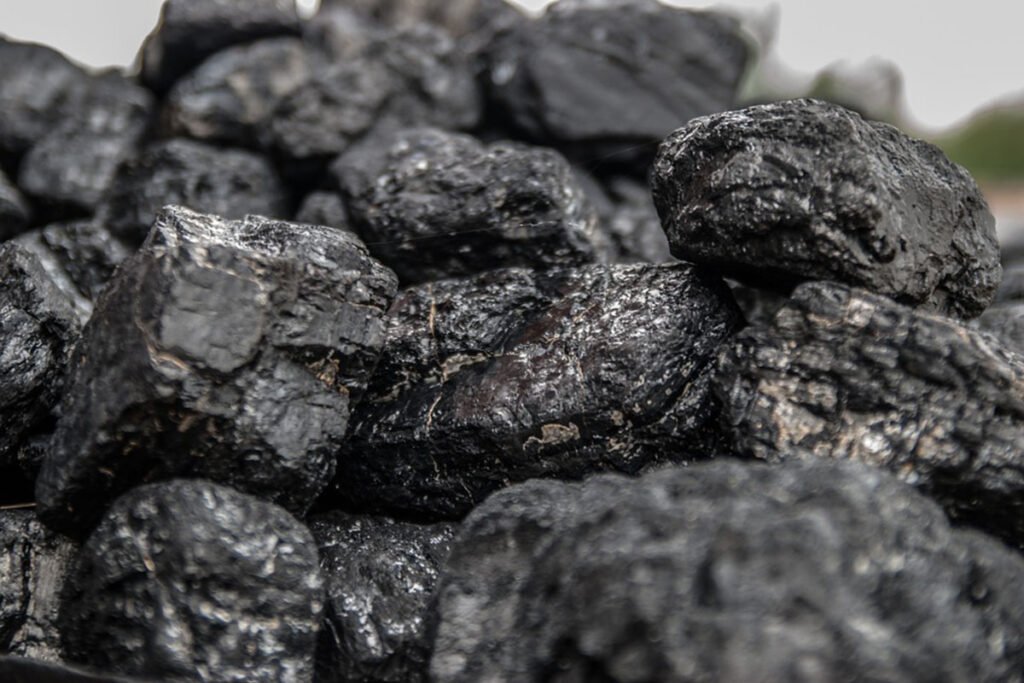The Rise of Eco-Friendly Building Materials

Sustainable Construction: The Rise of Eco-Friendly Building Materials
As the world moves towards sustainability, the construction industry is embracing eco-friendly building materials to reduce environmental impact while maintaining durability and efficiency. Sustainable construction not only conserves natural resources but also promotes energy efficiency, waste reduction, and healthier living spaces. Here’s a look at the rise of eco-friendly materials and their benefits.
1. What Are Eco-Friendly Building Materials?
Eco-friendly building materials are those that have minimal impact on the environment throughout their lifecycle. They are sourced, produced, and used in ways that reduce carbon footprints, conserve resources, and enhance sustainability.
Common Sustainable Materials Include:
Bamboo: A rapidly renewable resource with high strength and flexibility.
Recycled Steel: Reduces mining impact and conserves natural resources.
Fly Ash Concrete: Utilizes industrial waste, reducing landfill overflow.
Rammed Earth: Provides excellent insulation and durability using natural soil.
Hempcrete: A lightweight, breathable, and energy-efficient alternative to traditional concrete.
Solar Panels & Energy-Efficient Glass: Enhances sustainability by reducing energy consumption.
2. Benefits of Sustainable Construction Materials
Using eco-friendly building materials offers several benefits, including:
Energy Efficiency: Reduces heating and cooling costs with better insulation properties.
Durability: Many sustainable materials, like bamboo and recycled steel, offer longevity.
Healthier Living Spaces: Reduces indoor pollutants and improves air quality.
Waste Reduction: Minimizes landfill waste by repurposing materials.
Lower Carbon Footprint: Contributes to climate change mitigation by reducing emissions.
3. How to Choose the Right Eco-Friendly Materials?
To select the best sustainable materials for your project, consider:
Source & Availability: Opt for locally sourced materials to cut down transportation emissions.
Lifecycle Impact: Analyze the environmental impact from production to disposal.
Cost vs. Long-Term Savings: Some materials may have higher upfront costs but offer savings over time.
Energy Efficiency Ratings: Look for certifications like LEED or ENERGY STAR.
4. The Future of Green Construction
With technological advancements and growing environmental awareness, sustainable construction is becoming the new standard. Governments and organizations worldwide are promoting green building initiatives, making eco-friendly construction materials more accessible and cost-effective.
Conclusion
Adopting eco-friendly materials is a crucial step toward building a sustainable future. Whether constructing residential homes or commercial buildings, incorporating green materials not only benefits the environment but also enhances efficiency, durability, and overall well-being.
Explore a range of eco-friendly building materials at Just2Best and contribute to a greener tomorrow!






